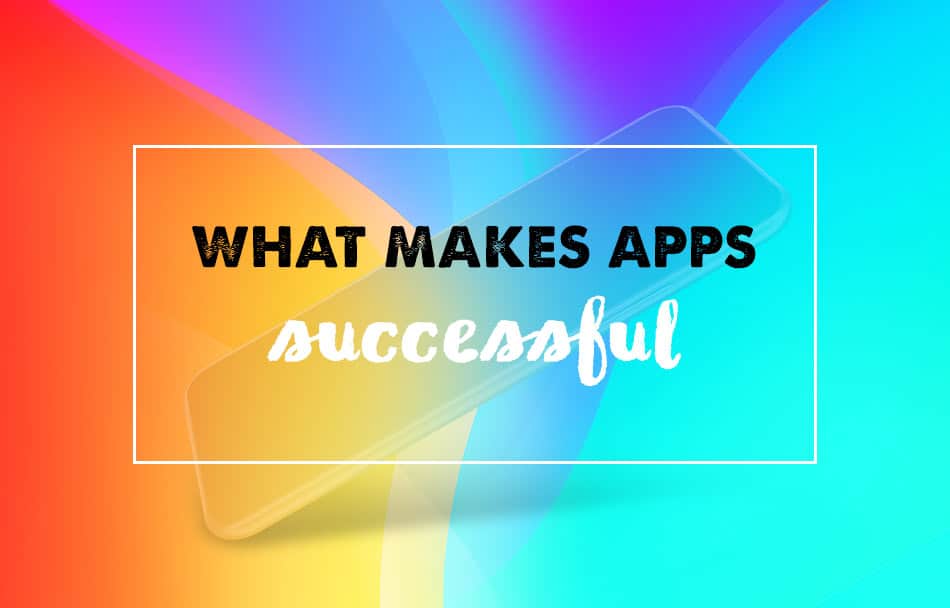WTF is the Difference Between User Experience Design & User Interface Design?
People within the tech world are often throwing around the acronyms UI and UX, and wouldn’t it be nice to know what they are actually talking about?
We’re going to be breaking down the differences between User Interface design and User Experience design. Don’t worry if now those two things seem to be just about the same thing. You’re not alone! Understanding the difference between User Experience (UX) design and User Interface (UI) design can be tough. In some regard, their differences are in subtleties. They’re related at some level, and both elementally crucial to the creation and the success of a project and in the proper communication of a brand, but still, they’re separate. Still confused? Don’t worry. We’re here to make it crystal clear.
To begin, consider that UX is a job that has more of the analytical and technical aspects to it. UI, on the other hand, is more like graphic design, though UI has much more complex responsibilities inherent in the role.
User Experience Design: Understanding UX

Let’s start here. UX is all about optimizing a product or an experience so it can be effective and enjoyable. Since we are all about enhancing human-first experiences, UX individuals will work to make sure that there is a sense of satisfaction, of loyalty, and a bit of pleasure in the exchange between product and consumer.
For someone who has a UX position, their role is part marketer, part designer, and part project manager. They’re in charge of a lot. They’re probably interested in sociology and in people and in products and how all these factors go hand in hand together. Ultimately, their hope is to create the best business to consumer connection and they’ll be tasked with testing and refining and then testing and refining certain aspects again until the experience is just right.
User Interface Design: Understanding UI

UI on the other hand is all about the look and the feel of the presentation. UI designers are concerned about the interactive nature of the product. Like we mentioned above, the UI designers are a bit like graphic designers, but they’re also part branders and also part front end developers. They’re tasked with making sure that an experience in attractive and guiding, but most importantly on brand.
The way a UI designer will create something will help solidify the trust between consumer and brand. Through effective UI design, a consumer will be not only latch on to a brand, but the design will be so effective, consumers can’t help but be loyal. See why having the best UI designer on your team could make a big difference?
While the brand itself is never solely the responsibility of the UI designer, the translation of the brand to the product is. UI then, you can think of it, is like a translator. They’re making sure that everything the brand stands for comes through in the manner of design.
UI designers will also be key players in making the decisions related to the micro-interactions and attending to the very specific details of a product, site, or experience. For example, when someone clicks on a button, does the button change in some way? In the way that it changes, does it let the consumer know the click was successful? Does the form of the icon change? All these small details are ironed out and “branded” by the UI designers.
If you are an aspiring app creator or are someone interested in design, keep these differences in mind while you’re exploring the options that are out there. Using Creative27 is one of those options, and a great one for you to start looking at today.












